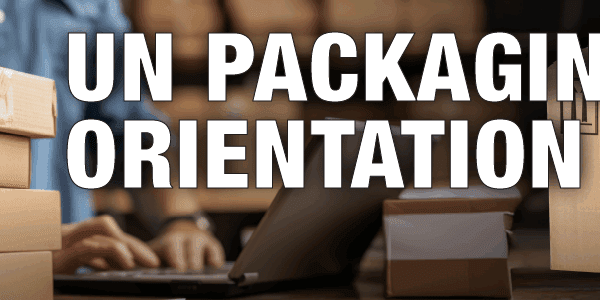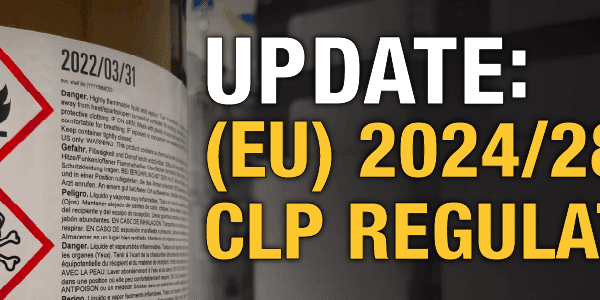
Like many of us, you may have been whiling away your time during the pandemic with the occasional attempt at beating your favorite video game. Perhaps while playing you’ve noticed that game producers nowadays make frequent updates after installation. Some of these solve major issues with the game, but other updates are for what’s called “quality of life” – they just make playing the game a little easier or more enjoyable. Some amendments to the “Hazardous Materials Regulations” (HMR) of Title 49 Code of Federal Regulations (49 CFR) are like that – not aimed at one major safety issue, but rather addressing numerous smaller issues to make the regulations work more smoothly. Recently, the Department of Transportation (DOT) has issued a Final Rule, HM-219C, which addresses multiple issues that stakeholders have been pressuring them for, from improving harmonization with international regulations to incorporating updated standards by reference.
DOT’s Pipeline and Hazardous Materials Safety Administration (PHMSA) based this rule on two dozen individual requests for changes submitted between 2015 and 2018. The rule has a relatively quick implementation date of December 28, 2020. However, since the changes here are mostly to give relief from requirements or provide harmonization where it was lacking, this shouldn’t be a burden to most stakeholders.
What Does HM-219C Change?
HM-219C effects changes in the following areas:
- Rail cars for Inhalation Hazards – HM219C phases out “non-normalized steel rail tank cars” for materials classified as “poisonous by inhalation” (PIH) by end of this year. (“Normalized” steel is steel that has undergone special heat treatment to make it stronger.) The rule recognizes that industry has been doing this on a voluntary basis anyway; this would make the voluntary ban official.
- Limited Quantities for Hydrogen Peroxide – The rule establishes a limited quantity provisions of 1 L per inner container for Hydrogen peroxide, aqueous solution, UN2014. This is for solutions between 20 and 60% hydrogen peroxide. PHMIS recognized that the UN Recommendations on the Transport of Dangerous Goods permitted this substance to go as a limited quantity, so it was an anomaly that the HMR didn’t allow such an exception.
- Size of Markings for Portable Tanks – Section 172.302(b)(2) of the HMR requires proper shipping names to be marked on portable bulk tanks. The size of these markings was inconsistent between the HMR and the IMDG Code for marine shipment. HM-219C reduces the required marking on tanks up to 1,000 gallons from 25 mm to 12 mm to match IMDG requirements.
- Reconditioning Metal Drums – Drum reconditioners wanted relief from having to remove all traces of label adhesive when reconditioning drums. Section 173.28(c)(1) of the HMR has been revised to provide flexibility on this issue as long as the overall safety of the metal can be verified.
- Harmonized Limited Quantities – About 114 entries on the Hazardous Materials Table (HMR) of the HMR have been modified to permit or change limited quantity references to match quantity limits in the UN Recommendations.
- Mobile Refrigeration Units – The ruling revises section 173.5b of the HMR regarding mobile refrigeration units. Initially, this section had planned to phase out all units placed into service prior to 1991, but will now permit the continued use of units that are rated to a minimum service pressure of 250 pounds per square inch (psi).
- Incorporating Updated CGA References – The rule incorporated by reference a number of updated standards from the Compressed Gas Association (CGA).
- Detonators in Class 1 – Special Provision 103 for detonators in Class 1 will be removed, since it’s more restrictive than the UN Recommendations.
- Safety Devices – Class 9 safety devices, such as airbag modules and seat-belt pretensioners, currently have relief from some requirements of the HMR that were not available to Class 1 devices. HM-219C will allow Class 1 devices to use the exceptions in 173.166 just like class 9 devices.
- Reports for cargo tank manufacturers – HM-219C will allow alternative reports for manufacturers of cargo tanks made after 1995 by removing the words “manufactured before September 1, 1995”.
- Package Testing for Paper Sacks – The new rule makes adjustments to the weight tolerances allowed for UN specification paper shipping sacks (5% increased to 10%) as per 178.521.
- Shipment of Lighters by Vessel – HM-219C will eliminate the marking “WARNING – MAY CONTAIN EXPLOSIVE MIXTURES WITH AIR – KEEP IGNITION SOURCES AWAY WHEN OPENING” that had been required for vessel shipment of lighters under 173.308(d)(3).
- Tank Car Standards – The new rule established the tank car standards of HM-246 as permanent, moving them from “Interim” to “Final Rule.” It also establishes a schedule for phasing out tank cars that don’t meet the new standard by the end of 2027.
- Packaging Hazardous Waste – A change to the definition of “hazardous waste” will non-RCRA waste to use lab packs as described in section 173.12, whether or not they are classified as hazardous wastes under the Resource Conservation and Recovery Act (RCRA).
- ASME standards – The rule revises section 171.7(r) to incorporate by reference the Association of Energy Service Companies (AESC)/IME Jet Perforating Gun (JPG) Standard, also known as the “Guide to Obtaining DOT Approval of Jet Perforating Guns using AESC/IME Perforating Gun Specifications,” Ver. 02, dated September 1, 2017.
- Importing Gases from Europe – A change to sections 171.23, 173.302, and 173.304 will permit importation of certain EU cylinders if they are marked with the “pi” symbol in their certification code.
- Describing Goods Requiring Stabilization – The rule adds a requirement to include the word “Stabilized” to the proper shipping name when the HMR requires stabilization for shipping a substance.
- Incorporation by reference of various other standards.
As you can see, none of these changes would be considered a major change to the regulations. But they will substantially ease some complications for people who ship internationally, as well as upgrading safety in many ways for bulk containers, particularly by rail. Remember that these changes become effective on December 28, so be prepared for using them in the new year!
Do you have any questions about the impact of HM-219C on your operations? Contact ICC Compliance Center here at 888-442-9628 (U.S.) or 888-977-4834 (Canada), and ask for one of our Regulatory Experts. We can help you determine what changes you need to make.
We have all the products, services and training you need to ensure your staff is properly trained and informed.
 US 49 CFR Publications |
 Shipping Dangerous Goods by Ground in the U.S.A. Training Courses |






 ICC USA
ICC USA ICC Canada
ICC Canada